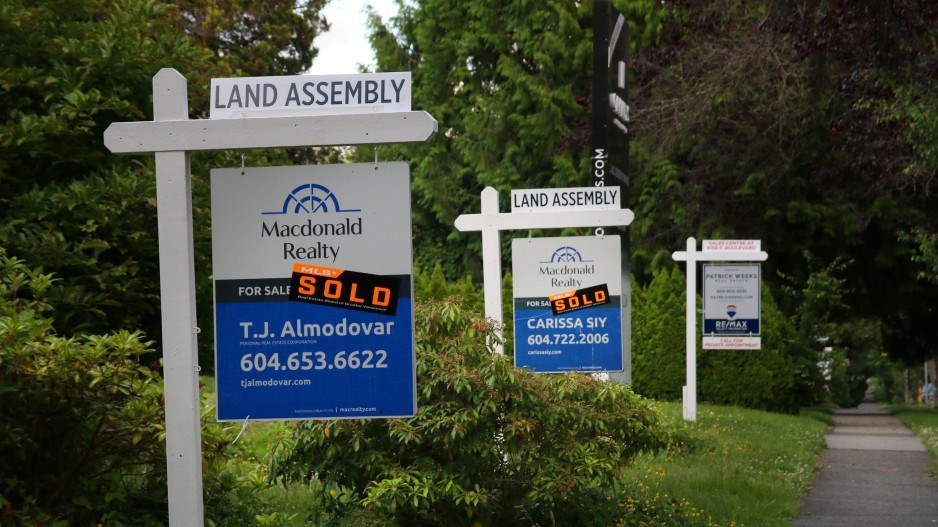Housing sales had another robust month in March following February’s rebound, marking the first back-to-back gain since March 2022. New and active listings saw large declines over the same period, which pushed average sale prices higher.
B.C. MLS sales rose 10 per cent (seasonally adjusted) to 5,666 units in March, following 7.3 per cent growth in February. This was the highest sale level since last July, almost half the peak-pandemic high in March 2021 and just nine per cent below the pre-pandemic sales level in February 2020. Erosion in prices and easing interest rate expectations may have contributed to this increase.
Gains were reported in most real estate board areas. Notably, the Lower Mainland-Southwest was led by the Fraser Valley (up 39.9 per cent). Following a gain in February, Greater Vancouver sales rose another three per cent in March. In contrast, sales fell in Victoria (down 4.9 per cent) and Kootenay (down 13.6 per cent) following large increases last month.
New listings in B.C. fell 8.7 per cent following a 7.5-per-cent drop in February, which contributed to fewer month-end active listings (down 6.3 per cent, seasonally adjusted). Broad declines were reported across real estate board areas and led by the Lower Mainland-Southwest. Insufficient supply has led to the firming of market conditions and higher prices.
Average home prices recovered 1.1 per cent to $910,981. This recovery is near November’s level, albeit still 14.1 per cent lower than peak ($1,060,480). Greater Vancouver recorded the largest monthly gain (up 1.9 per cent) in average sale price among real estate board areas.
Adjusted for seasonal effects, benchmark prices continued to decline. On an aggregate basis, the B.C. benchmark price fell 0.5 per cent to $919,800. This was 12.8 per cent below peak in March 2022 but still 29.7 per cent higher than February 2020. Benchmark prices tend to lag turning points in the market and prices are likely stabilizing – albeit leading to low sales volume given an unaffordable housing market.
Following January’s increase, manufacturing sales in B.C. dipped in February. On a seasonally adjusted basis, sales declined by 3.6 per cent to $5.3 billion, more than countering the 2.2-per-cent January gain. Sales in durable goods industries fell 4.8 per cent, while sales in non-durable goods industries fell 2.3 per cent.
Year over year, manufacturing sales decreased by 7.6 per cent, with durable goods sales falling 14.6 per cent and non-durable goods sales increasing 1.7 per cent. Unadjusted for seasonality, manufacturing sales in the province were down 7.2 per cent in February 2023 compared to same month in 2022.
Eight of 10 durable goods industries saw sales decline on a seasonally adjusted basis. Primary metal manufacturing sales plunged 16.6 per cent in February, following an 17.6-per-cent increase in January. Sales in machinery manufacturing industries were down 16.1 per cent during the month, and furniture and related product manufacturing sales fell by 5.7 per cent. Similarly, computer and electronic product manufacturing sales declined 5.5 per cent. Partially offsetting these declines were sales increases in non-metallic mineral product manufacturing (up 9.6 per cent) and wood product manufacturing (up 1.3 per cent).
Within non-durable goods industries, textile mill sales rose 15.8 per cent and food manufacturing sales rose 0.6 per cent. The Vancouver metropolitan area saw a six-per-cent decline in manufacturing sales in February. Sales in non-durable goods industries in the region fell by 8.3 per cent, while durable goods industries’ sales experienced a 3.7 per cent drop.
Bryan Yu is chief economist at Central 1.




